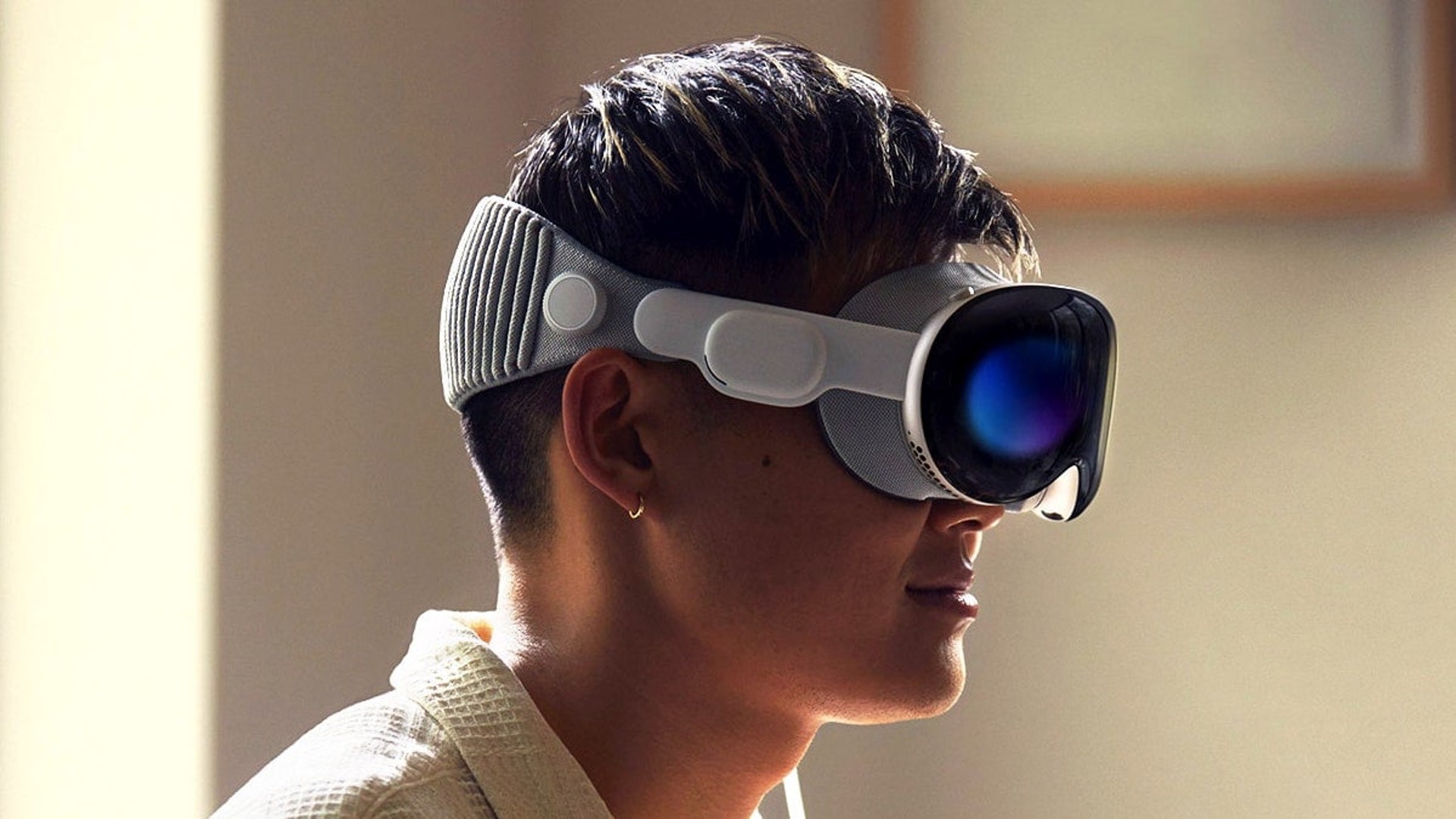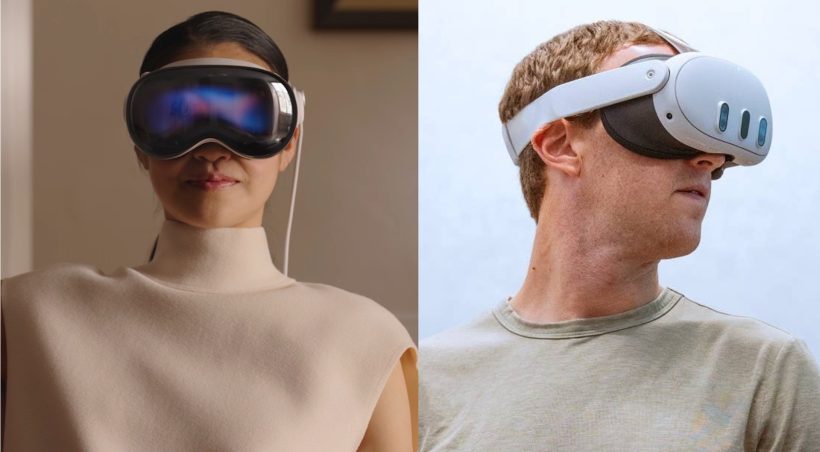Meta is rushing out a new update to make its most popular Quest VR headsets compatible with spatial video to compete with Apple Vision Pro
Apple is set to fully launch its much-anticipated Vision Pro mixed reality headset on February 2, 2024. A key feature of this headset is its compatibility with Spatial Video, which can be recorded using the iPhone 15 Pro and Pro Max running iOS 17.2 or later.

In response, Meta is updating its latest Meta Quest headsets, with the update scheduled to follow closely after Apple’s release. Meta’s website has disclosed details about software version 62 for Meta Quest, which includes several enhancements and new features for these widely used headsets.
These features bear resemblance to those found in Apple’s Vision Pro headset, which is notably more expensive and launches this week. These updates are part of the v62 update rollout that will gradually reach Quest 2, Quest 3, and Quest Pro headset users, starting from the week of February 7th.
Read: Full Comparison Apple Vision Pro vs Meta Quest 3
The highlight of this update is the introduction of a Spatial Video Gallery. This feature enables users of iPhone 15 Pro and Pro Max to view their recordings on a compatible Quest headset. The update also brings additional enhancements, such as improved gamepad support in the browser, the capability to manage multiple spaces, and advancements in Quest Link.
Significantly, for YouTube content creators who stream virtual reality content, Meta is integrating a built-in feature to monitor live chat, a task that previously required external add-ons.
Meta has explained that users can upload spatial videos, with a maximum duration of 20 minutes, to the Meta Quest mobile app. These videos can then be accessed from the Files menu when using the headset.
In addition to spatial video capabilities, the v62 update brings other enhancements to Quest headsets. These include an improved pinch control feature, offering a brief “pinch and release” gesture to open the universal menu, and a longer “pinch and hold” gesture to recenter the headset view. This mirrors the pinch gestures used in Apple’s Vision Pro and is reminiscent of the “air tap” gesture from Microsoft’s HoloLens, which are designed for hands free use with enterprise ready applications.

